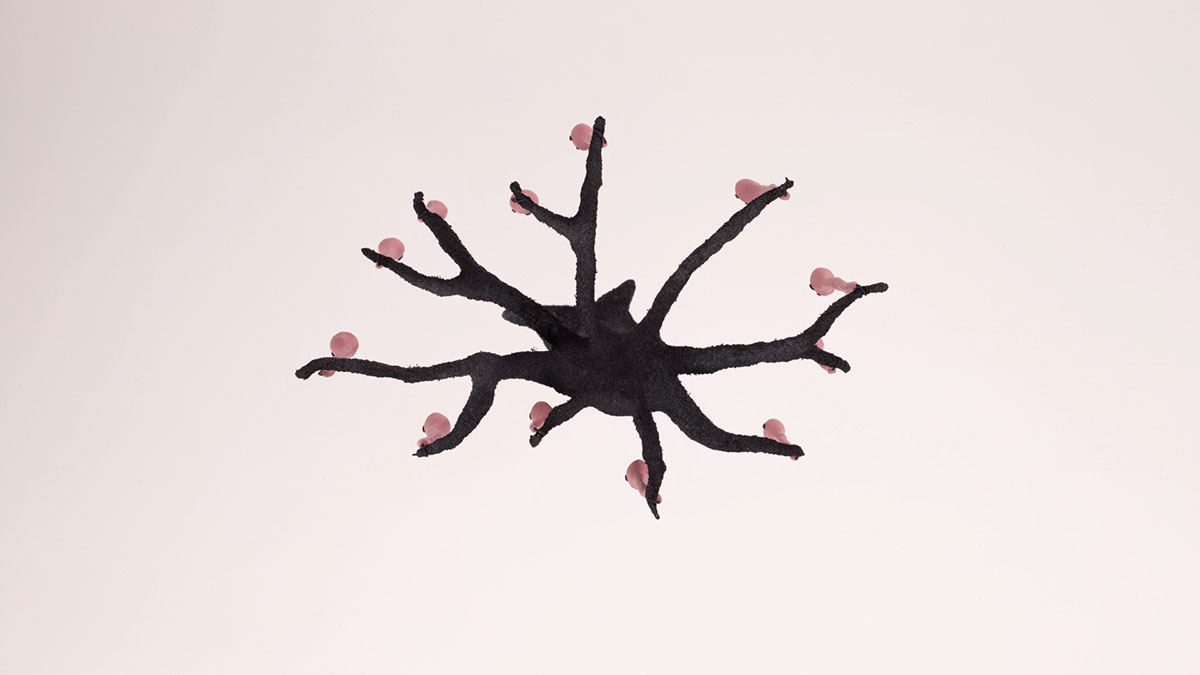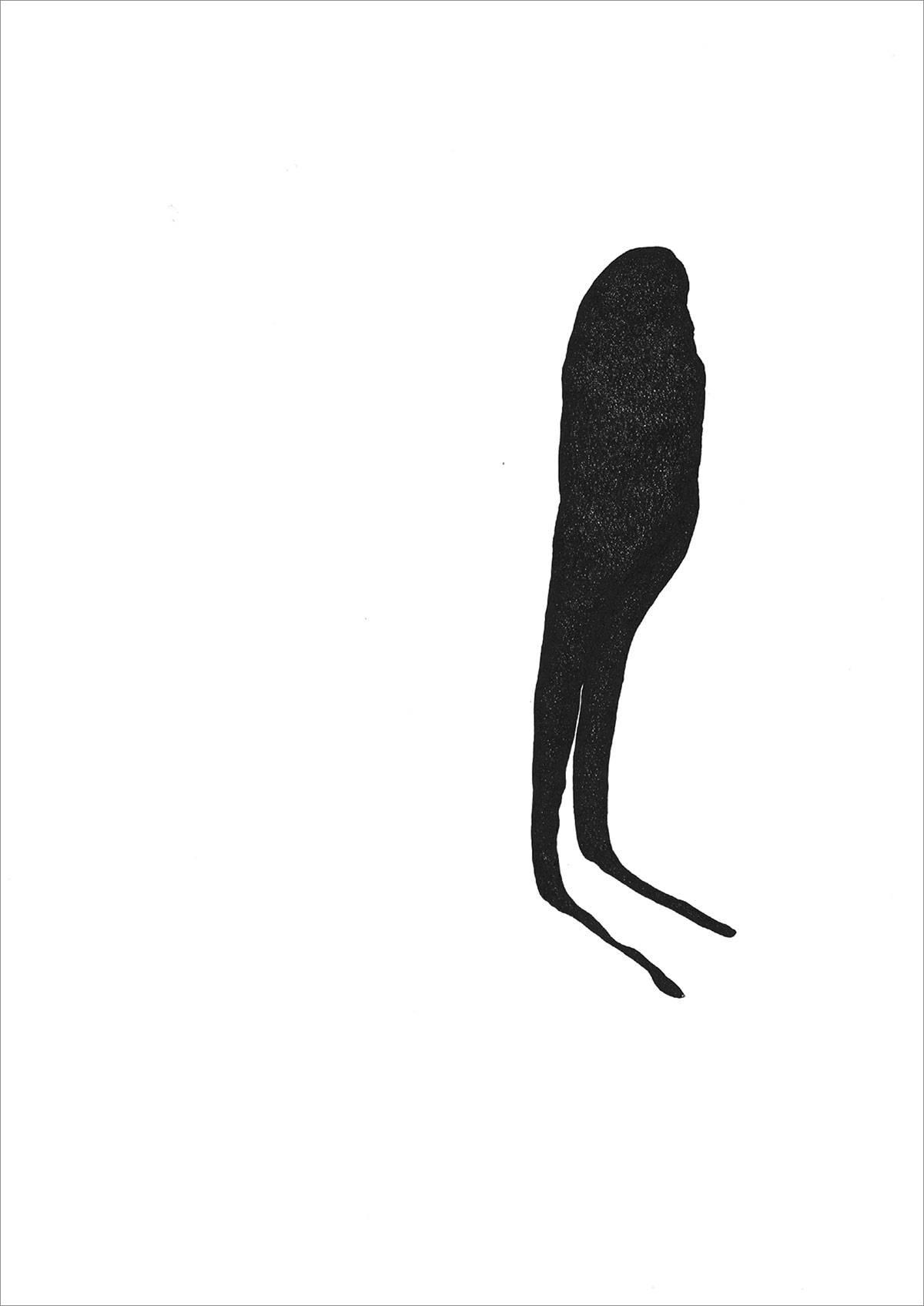Rita Casdia (Barcellona Pozzo di Gotto, Italy, 1977) lives and works in Milan. She graduated in painting from Accademia di Belle Arti di Palermo in 2000, followed by a master’s degree in art and new technologies at Accademia di Belle Arti di Brera in 2006.
Video animation, drawing and sculptures coexist in her works, which are characterised by a loose and uninhibited narrative, with strong symbolic and metaphorical values. Casdia explores the elementary dynamics at the basis of emotional connections and sexuality.
She has exhibited her works at Fondazione Pino Pascali (Polignano a Mare), Fondazione Merz (Turin); Fondazione Bevilacqua La Masa (Venice), 14° Premio Cairo, Museo della Permanente (Milan), MUU Gallery (Helsinki), Museo Unicaja de Artes y Costumbres (Malaga) and in numerous private galleries in Italy and abroad.
Casdia’s videos participated in various festivals, including The Prague Contemporary Festival, Trieste Film Festival, Videoart Yearbook (Bologna), 39° Festival du Nouveau Cinéma (Montréal), LOOP Video Art Festival & Fair (Barcelona).
WORKS ON DISPLAY
Tree Story, 2021
claymation , 3’ 20’’
Tree Story (2021) is a stop motion animation in which small clay figures come to life to embody thoughts on the origins and destiny of humans, and on life itself. Anthropomorphic figures and larval entities move across a neutral setting, inhabited only by minimal spatial details. Thus, the symbolic and metaphorical value of every element on the scene is stressed, evoking a sphere of meaning rather than telling a story. The uncertainty and vagueness of the events causes a feeling of anguish which is not oppressive, but rather deaf. The tree, a symbol of life and generative nature, here becomes the image of an abnormal and deformed vitality.
Shapeless, 2019
ink on paper, 5 drawings, 42X29,7cm each
The drawings belong to the series Shapeless (2019). Stylised shapes, with a tendency towards both abstraction and the figurative , occupy the white surface of the paper. The tangle of quick and confident pen strokes becomes intricate, rich and stratified to the point of almost acquiring a tangible, matter-like quality. From afar, in fact, these works look like simple bidimensional silhouettes. When observed from a closer point of view, they show their own three-dimensionality, assuming a volume that recalls the artist’s typical filamented plasticine conglomerates.


